Tim works professionally as a commercial photographer in the UK and specialises in automotive photography, shooting cars from Aston Martins and classics to the modern family car. Cars are something that we see everyday in our lives, and we have all swooned over the images in the glossy car brochures, but what makes a great automotive image?
“For me it’s all about creating a desire and passion for the car. In many ways cars have their own personalities, so I approach a shoot almost like I’m taking an automotive portrait that captures the personality underneath the metal and chrome. With many of the older Classics such as the DB5 it’s all about the lines of the car, sheer beauty and elegance, whereas with the more modern sporty cars it’s often tied into power and design.
Setting the Stage
Whether you’re shooting a Fiat 500 or an Aston Vanquish, the first element is to set the scene that you’ll be placing the car into, very much the same way as you do for a portrait with a person. This helps set the mood, and really your options are only limited by your own imagination. The image of the Aston DB6 with the Steam Trains ‘Escape to the Border’ was based around my idea of doing a 60’s style scene that had an air of action and intrigue.
The lighting was from Elinchrom’s ‘Ranger’ portable flash system that I use on many of my car shoots as it allows me to direct light in a carefully controlled fashion, and helps create the image I’m looking for ‘in camera’. A lot of the time I try to light the subject gradually, increasing the lighting as I find many people when lighting tend to over light and often this can kill the atmosphere of a shot. I like a shot to almost look as if it has not been lit at all. Another huge problem when shooting cars is…
…that they are by their nature shiny, reflective objects with curves and angles wherever you look. Therefore it’s hard work at times making sure that yourself and the lighting gear is not reflected in the shot. I often wear black on a car shoot and do carry lengths of black fabric, which can help a lot. I’d have to say that the bulk of the equipment I carry is lighting related as you just can’t avoid the need for all those boom arms and grips etc. I’ve recently started working more with smaller strobes like the SB-900’s, which are truly brilliant in my view, and very versatile, as well as being able to complement larger kits like the ‘Ranger’ through the use of the Skyport radio trigger system that I use. Also I work alone, which many find surprising, but it’s just the way that like to work. If I need an assistant, I’ll hire in for that shoot.
Good lighting is all important, and it does not have to come from expensive studio equipment. However, I’ve often used very simple lighting to highlight an area such as a wheel with a reflector and tape. Working with natural ambient light is great, and learning how the light changes through the course of a day, or after a thunderstorm, really can help you to create some stunning work and improve you as a photographer. You simply can’t beat Mother Nature’s studio!
I recently did some seminars for Jaguar in the UK, and whilst this involved mostly me being on stage doing a live studio shoot using Hasselblads, I did spend a lot of the time talking to the audience about all aspects of my work, and how important the car’s ‘environment’ can be to a shot, making the most of elements so to speak.
I’m glad to say that the seminars were a success, and a lot of people said that they left feeling ‘inspired.’ That’s really important to me as I firmly believe that you need to be inspirational in your work whenever you can. Photography is a journey not a destination, and for me I never stop learning. Some car photographers only work primarily in studios but my favorite studio is the great outdoors. You simply can’t beat ambient light in my view, and often I hear photographers say it’s not the right light or it’s too overcast and wet. Living in England this is a common event…lol. In truth, a cold overcast day with a stormy sky puts me in my element! Helmut Newton I believe was of the same mind in some respects and hardly ever used strobes. He used natural light to its best advantage, from its softness to its harsh shadows. In my view natural light is the greatest teacher and can be a valuable learning tool.
Having said all that I also fight convention when I can and enjoy shooting in ways that others say you can’t. I generally find if somebody says that you can’t shoot it that way it means that they have tried and not pulled it off themselves. There are a billion photographs yet to be taken, and if we didn’t try new things then, in my view, photography would never progress. Sometimes it’s good just to shoot something to see what it looks like shot. A typical example of this is shooting harsh daylight to look like moonlight. Really the sun and the moon are not that unalike apart from sheer difference in intensity. I shot this Ford GT at 1pm in harsh sunlight with exposure stopped right down to bring out the elements of the sky that I wanted.
The car has then been lit using 2 long strip soft boxes and some reflectors placed to gently highlight some areas. Final work was carried out in Photoshop making some adjustments in the colour temp of the background to warm it slightly, curves to deepen shadows even more and bring out the colour of the GT, as well as some darkening to choice areas in the background to avoid the eye being distracted. I use layers and masks quite a lot but try to make changes very gently, a little like when we used to burn and dodge under an enlarger in the days of the darkroom. Chrome wheels can sometimes pickup a colour cast off over objects in the surrounding area such as grass or tarmac. One way to additionally deal with this is to desaturate this area keeping the contrast high to give an overall cleaner, more accurate appearance.
I started out my career as a printer and in some ways I used Photoshop in the same way. It’s my own way of doing things, but it works for me, and I believe it’s always good to try new things and not just follow convention. Sometimes you have to walk into the dark if you’re going to see the light!
I’m by no means a master of Photoshop, but as a photographer I recognize its central place as the new digital darkroom. Everybody has their own way of using these tools, and for me I suppose it’s basic simple use that works best for me; not over complicating things to the point where I spend more time behind the screen than I do behind the camera. In my view that’s why the work of people like Scott help other photographers free up screen time by improving personal workflows and opening doors to new possibilities of creativity.
To see more of Tim’s work, check out the Ambient Life Photography website.



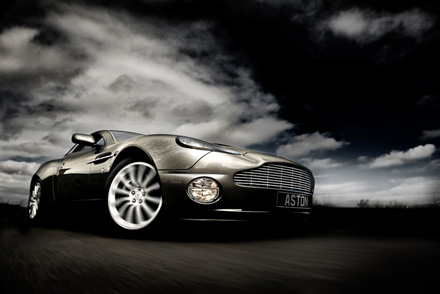
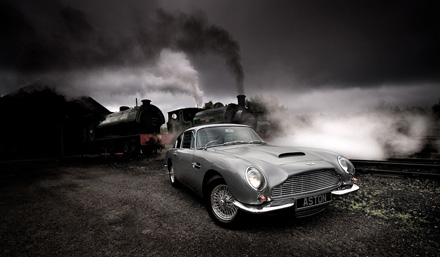
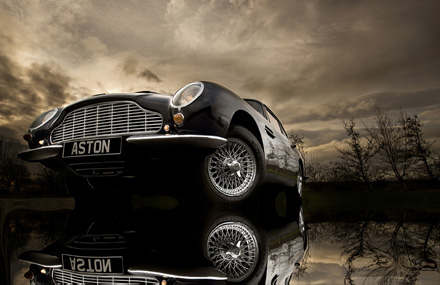
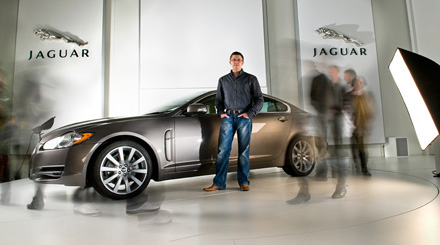
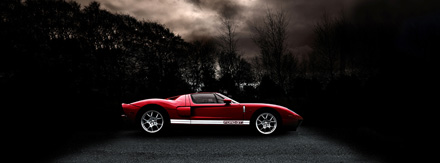
“he’d never fight the natural light by attacking in from the opposite side to overwhelm it, rather he’d try to come in the same direction and complement it” – i don`t understand this part. Why not the opposite side? if you light in the same direction as the sun, opposite side would still be in hard shadow, or am I wrong ?